You can listen to or watch this article here:
Since the early 1990s Nick Szabo, blockchain pioneer and father of smart contracts, has been ideating and laying out a new business reality enabled by the internet. In 1993, he wrote about the emergence of the multinational small business, where he envisioned a deconstruction of large corporate processes and the ability of small businesses cutting the “Gordian knot” of jurisdictions and trust boundaries.

In 1994, he wrote about his idea of smart contracts, which were to be part of the building blocks for solutions and applications to “satisfy common contractual conditions” while minimizing “the need for trusted intermediaries” which were precisely the obstacle to such deconstruction.
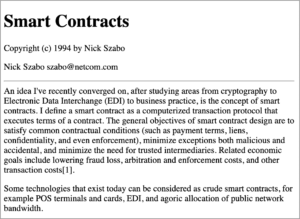
Then, in 1998, Szabo complemented the topic by noting the underlying economic and contractual patterns that were already being addressed by the internet technologies of the time.
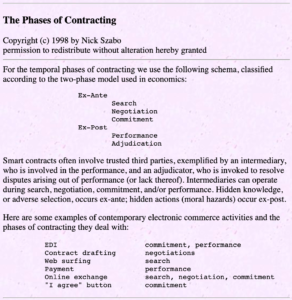
More recently, in a twitter thread, he went over the same concepts and how they relate to Bitcoin, blockchains, and smart contracts. In the thread he noted the large internet companies (e.g. Google, eBay, PayPal, Amazon, Yelp, etc.) that have advanced in the process he had envisioned, but he also mentioned how the new paradigm of distributed trustworthy computing would further change the landscape to “enable more kinds of deals between more far-flung & differently lawed & cultured people”.
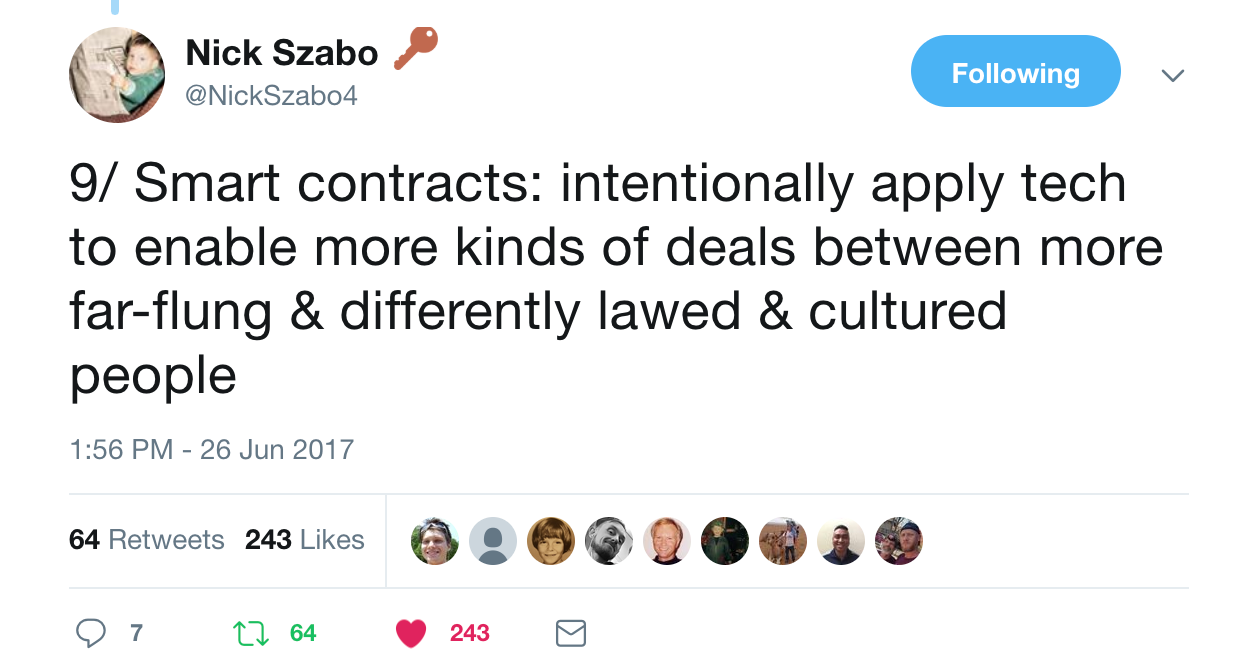
However, we are still in the early stages of this last transition as the user experience in blockchains is still not optimized, and the majority of projects in the industry are still focused on building the base infrastructure and scalability solutions.
The Opportunity of Productivity Applications on Ethereum Classic Using Highly Secure Smart Contracts
In the current state, the opportunity is to start designing and building the tools that will be needed in the future.

In a world where multinational small businesses will thrive due to further trust minimized deconstruction, the migration of platforms from the centralized to the decentralized internet, and where new value chains across trust boundaries will be created, productivity applications will likely play a significant role in that process.
As Ethereum Classic (ETC) is focused on Turing completeness + proof of work + fixed monetary policy to maximize security, it is an ideal platform to integrate these business productivity applications using decentralized programs to execute high value, intra and inter-company processes, that require high levels of safety. These systems cannot only be used to enable B2B processes and markets, but also B2C and C2C commercial relationships that don’t exist today.
The Model
As I wrote in my “Spaaw – Spreadsheet as a Wallet” idea, the strategy is to use the design and user interfaces of traditional apps, such as spreadsheets and other popular tools, but associating them with the new paradigm infrastructure, such as the Ethereum Classic blockchain.
In that essay I wrote:
…when users enter data, formulas, calculations and ETC wallet addresses, the template sheets can then be turned into smart contracts and deployed on the Ethereum Classic blockchain.
The steps are as follows:
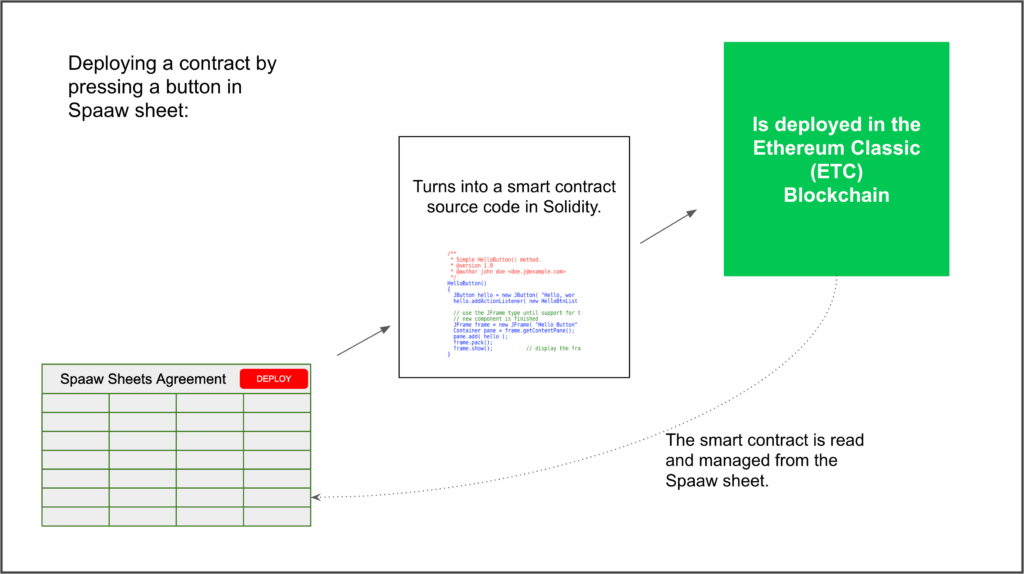
The idea is that smart contracts are difficult to build and manage for regular people and businesses. So, leveraging on familiar interfaces, simple or more complex, but standardized smart contracts can be deployed and managed on ETC to execute B2B, B2C or C2C decentralized programs that require high security.
Examples
There are several productivity apps that are widely used in the market today. Some of them have created entirely new interfaces and others have integrated traditional tools and processes found in normal office environments.
The models of these applications, but adapted to Ethereum Classic high value and highly secure smart contracts, could be a good starting point for the same products to be integrated, or new apps to be built by entrepreneurs and developer teams following the new trust minimized paradigm.
Smartsheet
Smartsheet has leveraged the spreadsheet model to create tools for typical business processes and management. Such tools may be project management tables, grids, forms, gantt charts, and other functions.
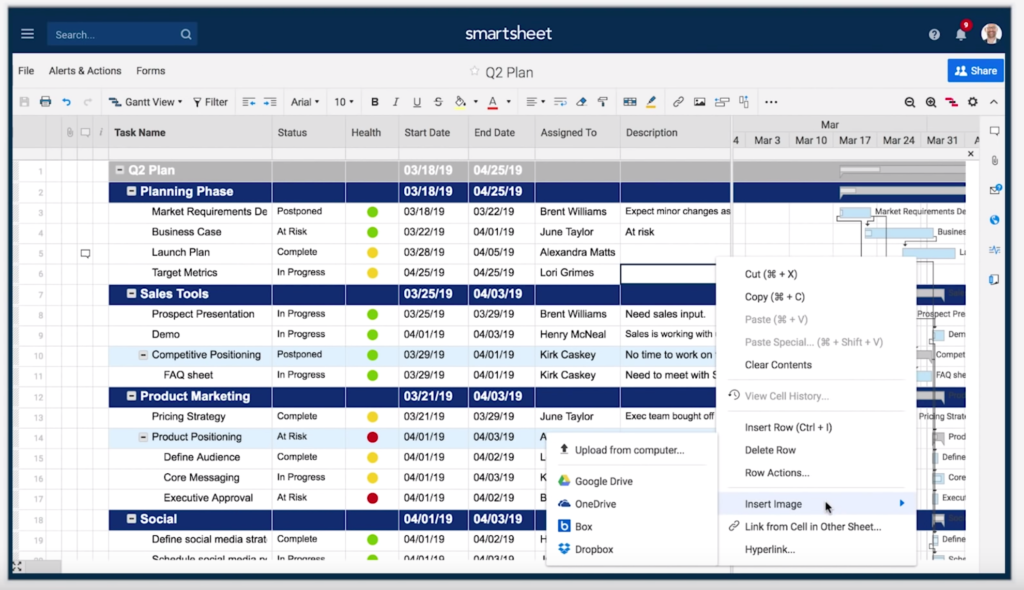
An application such as Smartsheet could be integrated into ETC, using smart contracts that mimmic the functions on the sheets, so that the calculations and functions, that are only informational on the tool today, can be turned into real life value movements, subject to programmed conditions and contract agreements.
Trello
Trello is an application that uses boards, lists, and cards to help businesses organize their processes, projects, and to coordinate teams.
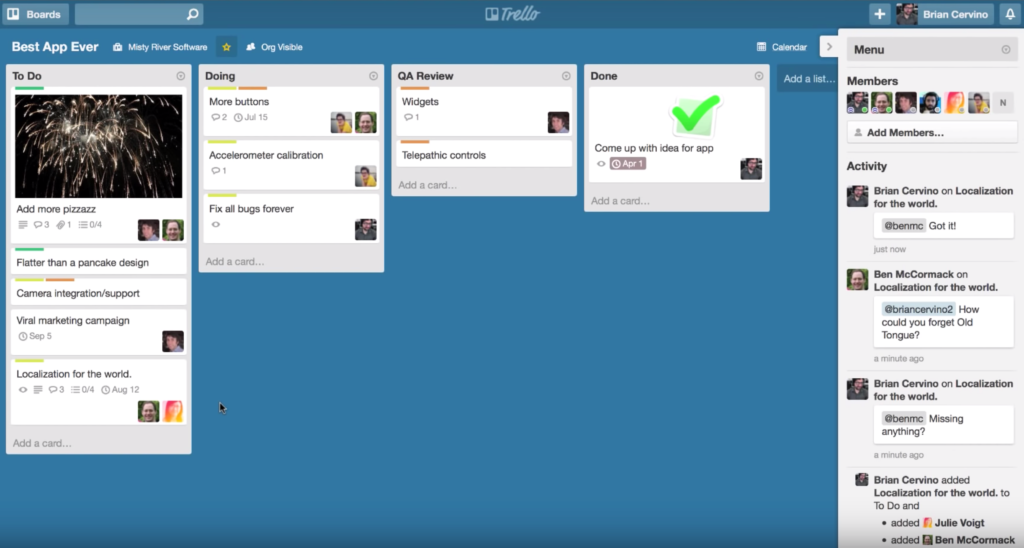
In a dashboard model, the cards, together with well designed wizards, could be used to create and represent smart contracts between intra-company divisions in different places, or inter-company deals across national and trust boundaries.
Dropbox
File management systems such as Dropbox or Google Drive can be used to create and store files that represent smart contracts that execute on ETC.
The team collaboration model of file management systems can be a useful way for small businesses and external parties to negotiate and arrange contract clauses and conditions that are then deployed to the blockchain.
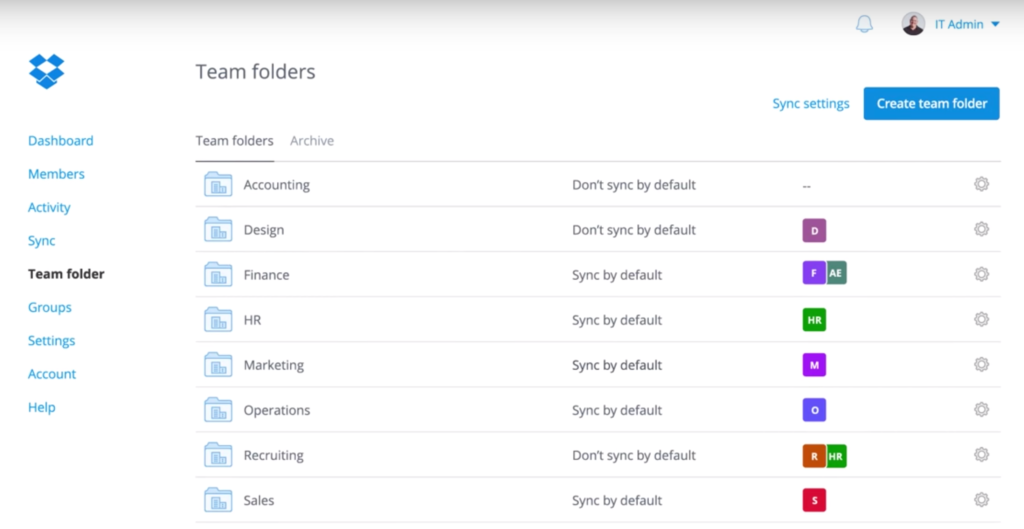
Businesses could share smart contract files with providers or customers. These programs could execute the terms and conditions of their deals, while all the parties can easily monitor them on their file management apps, or even on independent or their own block explorers for further trust minimization.
Github
Github is an incredibly rich and complete software building and version control system. More than 28 million developers use it worldwide to collaborate and co-build software in teams or in ad hoc groups. As such, its “commit”, “pull request”, “merge”, and discussion functions are perfectly designed and adaptable to create, negotiate, and control smart contract versions between businesses, providers, and customers.
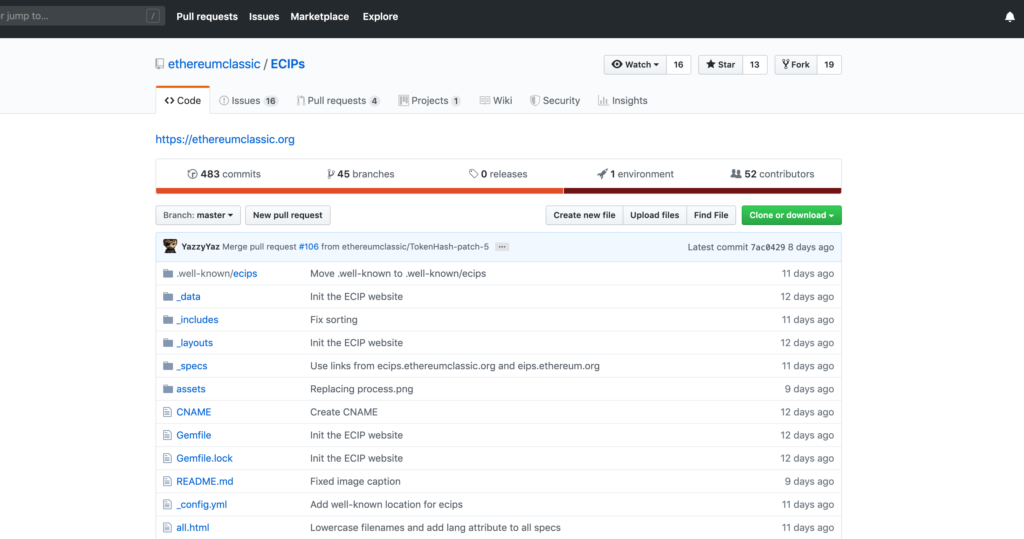
The Github discussion and “issues” areas are convenient for parties to debate and agree on terms and specific code. The resulting shared and agreed smart contracts between businesses, their providers, or customers, could be deployed on ETC.
Google Sheets and Spaaw
As I wrote in my Spaaw idea, spreadsheet systems can be adapted to deploy smart contracts, representing business deal cash flows with providers and customers, on ETC. Google Sheets and Microsoft Excel are used by around one billion people worldwide.
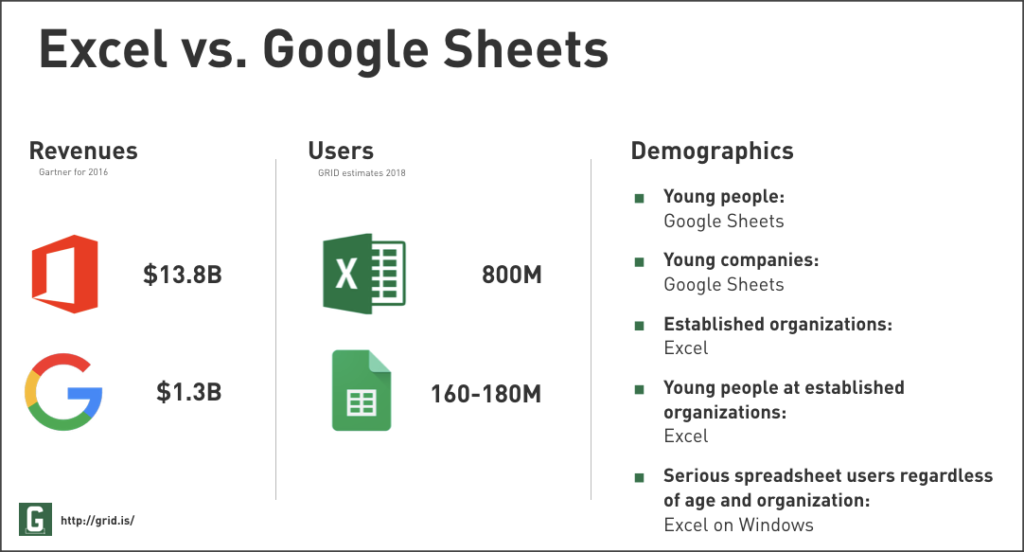
This is an incredible opportunity for these individual and business users to seamlessly start using and managing secure smart contracts for personal and commercial purposes.
Using already known “formulas” and “functions” formats, they can program ledgers, agreement terms, and tables to become decentralized programs that deploy, execute, and move value, based on the agreed terms and conditions, on Ethereum Classic.
Furthermore, a marketplace with template smart contracts created by independent developers could be used to expand the functionality and use cases of smart contracts for their day to day transactions.
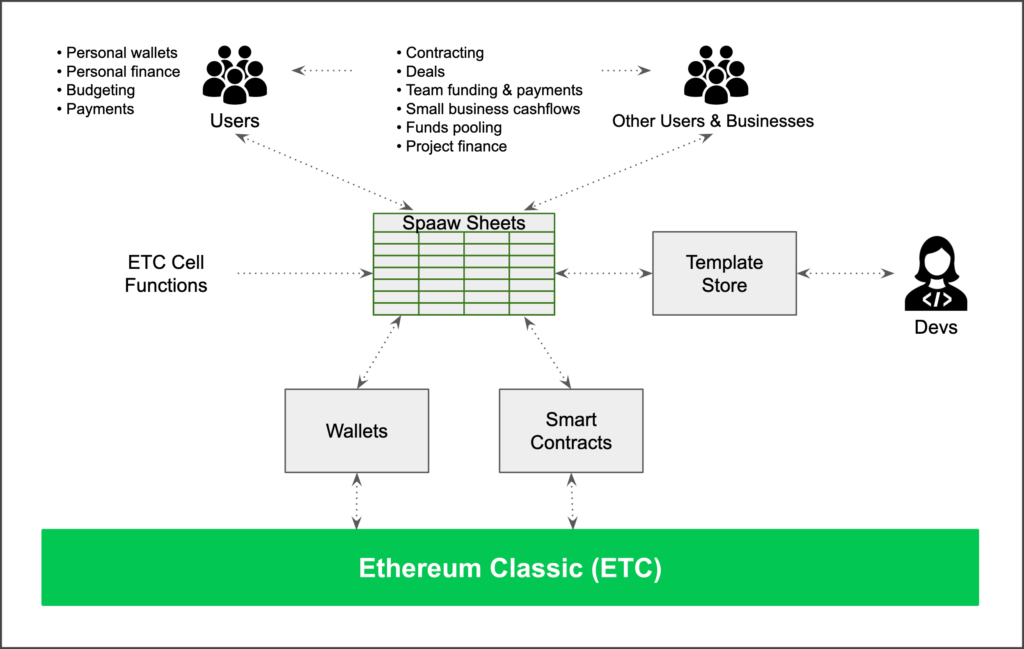
The above model is very flexible and could be extended to serve personal finance needs, team work, market places, bill payments, payroll, treasury, budget management, taxes, and other consumer, business, and government functions.
Conclusion
As Nick Szabo envisioned, the first part of the internet era saw the search, negotiation, performance, reputation, and adjudications phases in contracting and business to be satisfied by what are today tech giants such as Google, Facebook, Amazon, eBay, PayPal, Yelp, and others. However, the problem that has arisen is that those providers are largely centralized and pose serious risks that either still represent large transactional costs, or outright prevent the creation of markets and the expansion of business across national and cultural boundaries.
As Ethereum Classic is a trust minimized blockchain, with a focus on high security, the opportunity is for well known and familiar productivity app designs to be built on top of ETC to enable this large and untapped market.
Code Is Law